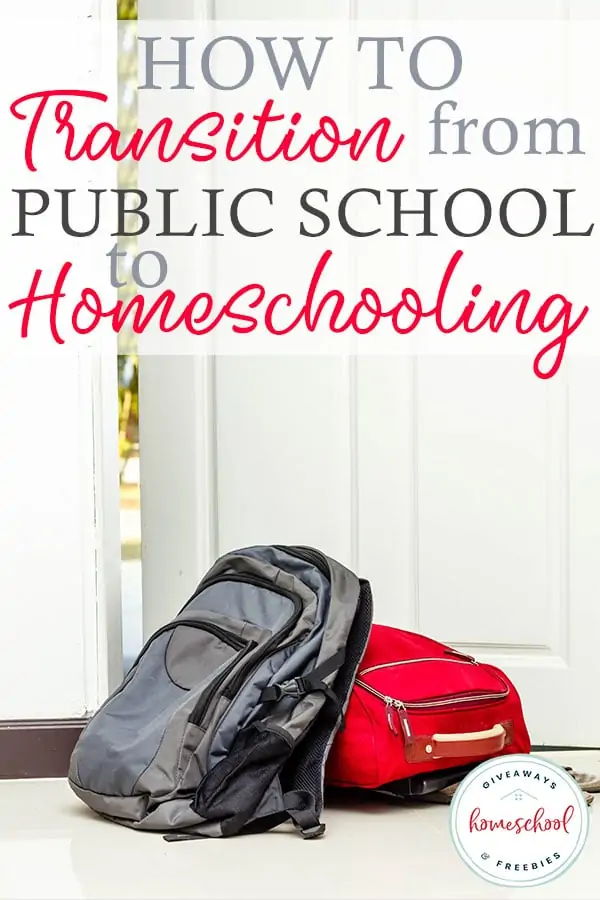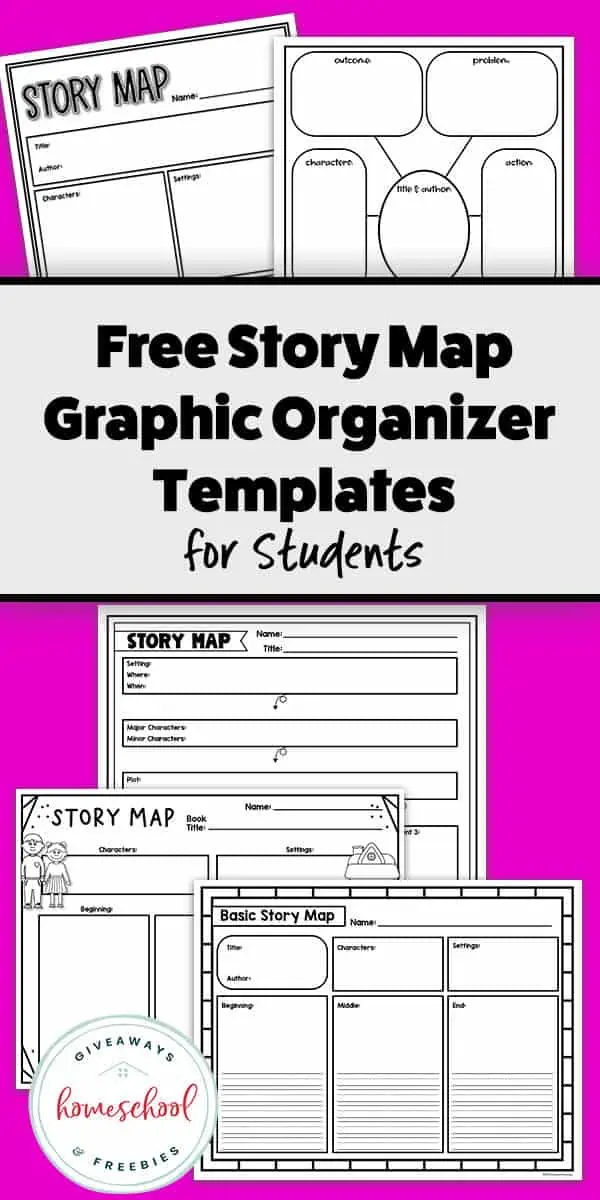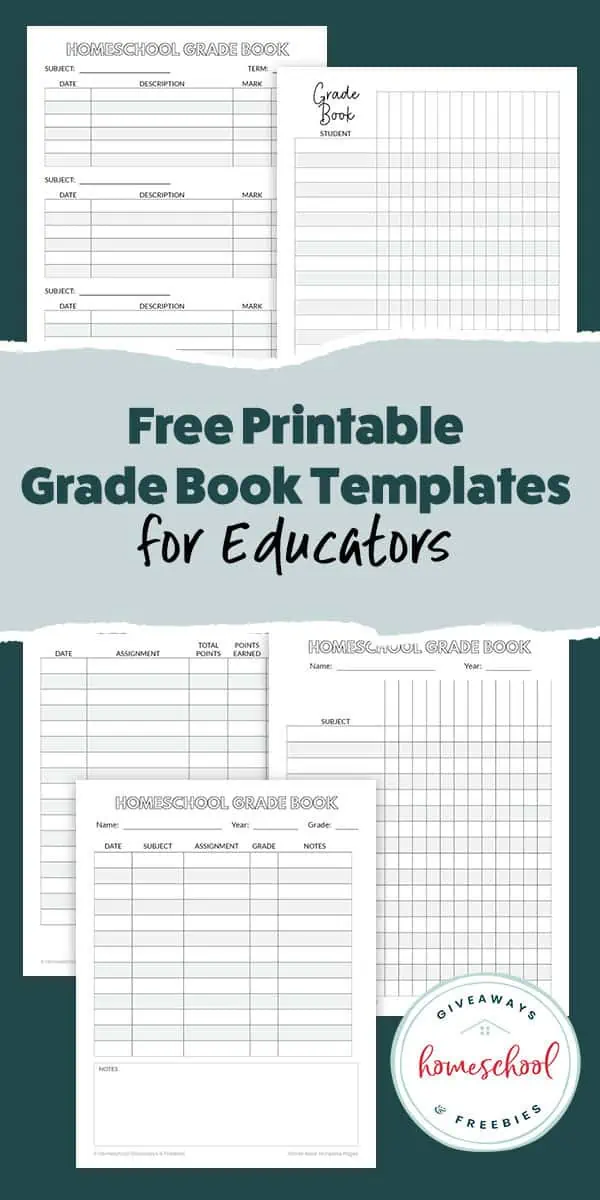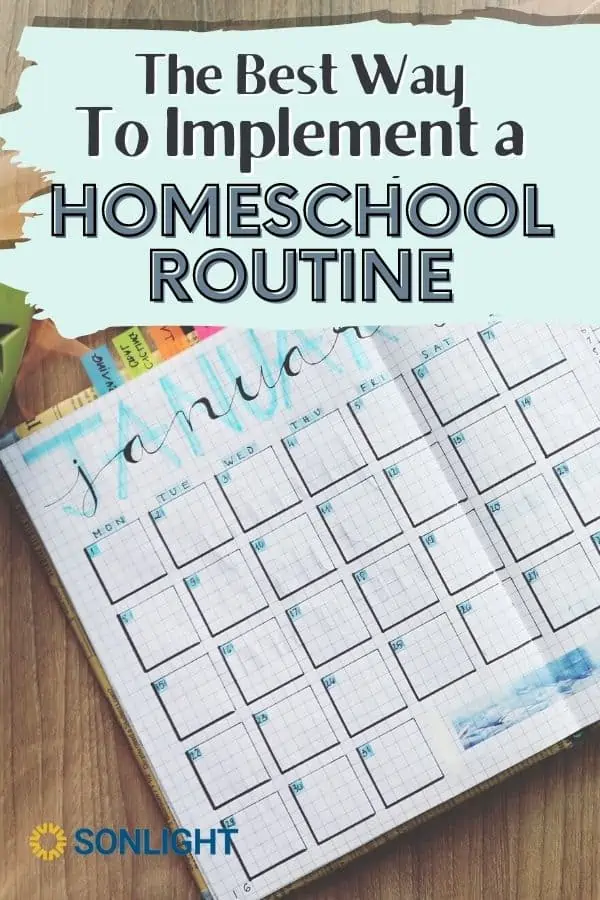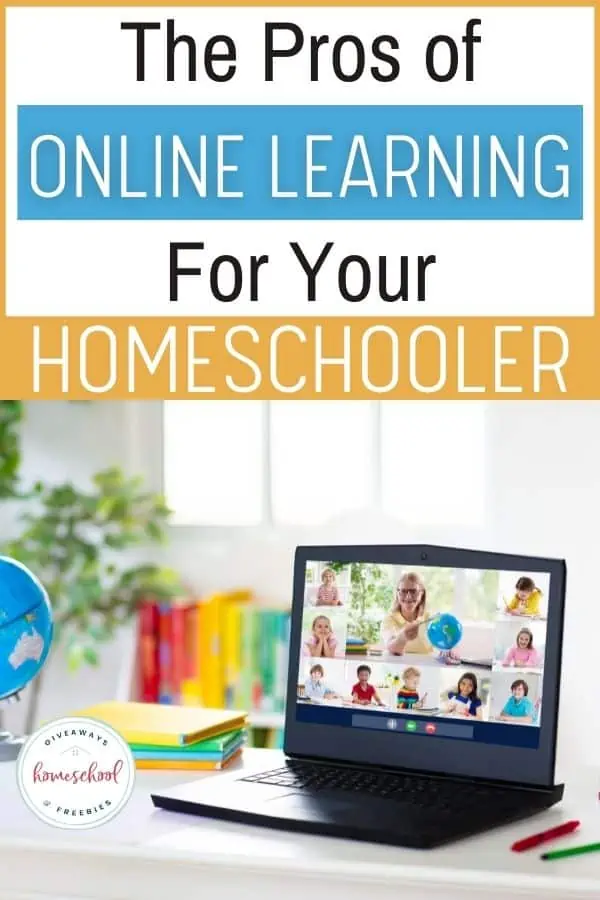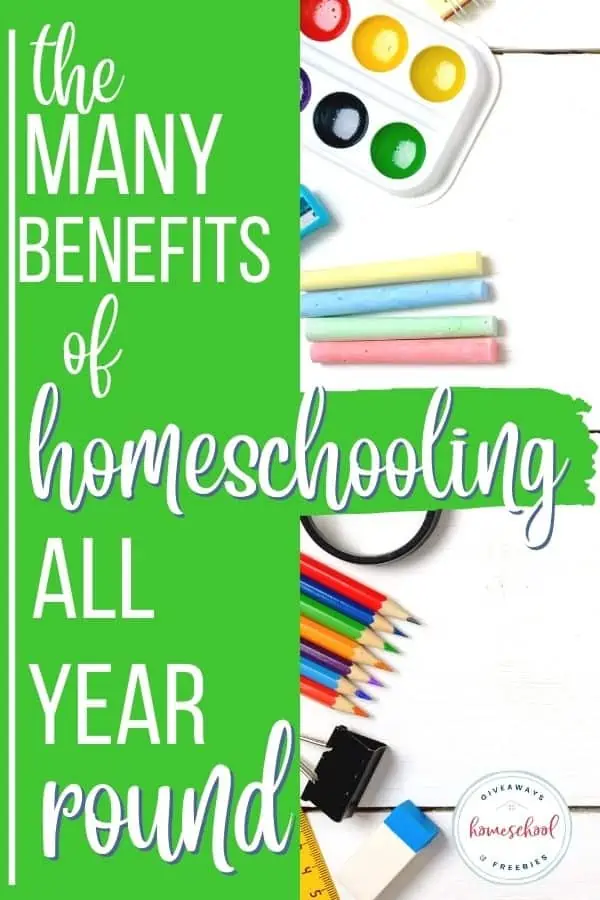How to Transition from Public School to Homeschooling
Published:
May 25, 2021
Contributor:
Jeannette Tuionetoa
Disclosure: This post may contain affiliate links, meaning if you decide to make a purchase via my links, I may earn a commission at no additional cost to you. See my disclosure for more info.
If you are wondering how to transition from public school to homeschooling, you are not alone.
In 2019 there were approximately 2.5 million children who were being homeschooled, and in 2020 that shot up to 4.5-5 million homeschooled kids (not surprisingly).
Homeschooling has been on a growth trend every year, but it grew drastically in 2020. Lots of new families jumped on the homeschool train and haven’t looked back!
How to Transition from Public School to Homeschooling
Getting your child out of the public school mindset can be difficult. We aren’t the only ones with preconceived notions of how homeschooling will go. Our kids may also have their ideas of how things will be different than public school.
Some children may be excited to start homeschooling, whereas others might worry they won’t like it at all. One thing will be for certain, they are used to doing school one way, but things WILL change.
There are many ways that homeschooling differs from traditional school, and you may need to consider de-schooling as part of your transition to home education.
What is deschooling?
Deschooling is a term you may have heard tossed around by homeschooling moms who have pulled their children out of public school. It refers to the transition period from a classroom setting to homeschool.
There are routines and expectations in public and private schools that will not pertain to homeschooling. If you find yourself pausing every 5 minutes to remind your student they don’t need to raise their hand to ask a question, you may need to de-school their minds.
The most important thing to remember when you transition from public or private school is to be patient with your child and extend grace to yourself.
How to Transition into Homeschooling
- Be upfront with your children and let them know that this is a new learning experience for everyone. Having a plan, but being flexible is very important as behaviors and attitudes might need to be adjusted.
- Don’t expect everything to be perfect right from the start. It may take a month (or longer) to find a routine that works for your family.
- Ease into your curriculum. Your children are coming from a classroom setting to a more relaxed environment and you may need to take it slow. It’s totally fine to not do all subjects every day. It’s even okay if you skip math one day because of a meltdown!
- Get plugged into your local homeschool community. Opportunities for park days and field trips help children make friends and socialize. If you cannot find a local homeschool group, consider starting a homeschool fellowship group.
You may be wondering “Can I switch to homeschooling in the middle of the year?” The answer for all 50 states is ABSOLUTELY! Homeschooling is legal in every state in the United States, however, states have individual homeschool laws and requirements.
How do I withdraw my child from school to homeschool?
The first thing you will want to do is visit the Homeschool Legal Defense Association and familiarize yourself with the requirements to homeschool in your particular state.
Withdrawing your child from school can happen at anytime of the school year, but you need to make sure you meet your state and county’s requirements. For Florida and many other states, we just send in a letter of intent to homeschool to our assigned school district.
If you take your kid out of public school without following the rules, you are likely to get in trouble for truancy.
How can I start homeschooling immediately?
In cases of emergency situations, such as bullying or health issues, you may want to withdraw your child from school immediately. Don’t worry yourself about all the particulars, such as homeschool curriculum. Just follow the required steps set forth by your local school district to bring your child home from school and start homeschooling right away.
It may be intimidating, but there is no set time for you to have it all together. While you are figuring out which curriculum to use, take a trip to the library and checkout books. There are even movies and shows about math that are educational.
Can I homeschool my child temporarily?
If you need to pull your child out of school for a temporary period of time, but plan on enrolling them back into school at some point in the near future, you probably don’t need to de-school them as much. They will likely do well with workbook-style curriculum, because that is more of what they are used to in school.
Another option for temporary homeschooling is online or virtual public school, however I find that homeschooling is easier than virtual public school.
Ideas for Making Homeschool Fun
Many new homeschool moms wonder if they are doing “enough.” The answer is mostly always yes! Homeschooling is not about how many worksheets your kid can finish in a day. Are you doing life with your children?
There is a time for regular school work, but you can schedule your own field trips, outside time, and physical activity. You can explore learning through different sources like YouTube and hands-on learning.
You can visit parks, museums, and play all types of learning games and techie apps. There is truly a freedom in homeschooling unlike any other.
The life skills you can teach them are incomparable. Half the schools out there or more, no longer teach woodshop, home economics, or even cursive handwriting. You can do all these things!
Plan a Homeschool Schedule That Works
How excited will your child be if you tell them they will be going to homeschool the same hours they went to public school? Not so excited.
Our family homeschools four days a week, taking Fridays off. This works well for us. If any one of my kids choose to slack in the week, they must make up the work on Friday—while the other child has free time. It is a wonderful incentive.
If you do homeschool for the whole week, you don’t have to work for hours on end. Remember that a public school needs 8 hours a day because they have breaks, lunch, and recess while teaching 20 kids!
Sometimes homeschooling may seem like you takes all day, and some days homeschooling may really take all day. However, it will not always be this way. Trust me, it gets better with experience. Give breaks between subjects. It is OK!
We share some tips on creating a homeschool schedule that you might find helpful.
Sabbath Schooling is a great way to plan your homeschool lessons as well. This method of homeschooling works for many families and gives the children something to look forward to. It saved Carrie’s homeschool from getting burned out! Psst….it’s not what you think!
Put Homeschool Rules in Place
The best teachers will tell you that every school year starts off with rules. Trust me—even moms with relaxed homeschools need some do’s and don’ts.
Think of some things that may need to be set in place to teach properly and keep your sanity. Children do well with some parameters and they work well with knowing them before the academic learning begins.
The first thing I did as an Early Education teacher was provide my class with set rules and a routine. We worked on these the whole first week of the year. It helped them know what was expected, making them comfortable within their learning environment, and it just really helped me with my sanity in school day.
We know in the long run, some children need their routine changed and their learning style may require some adjustment. For instance, my son is super hyperactive. There is no way I would create a rule to stay in his seat while doing his work. I would drive myself crazy trying to keep him in a chair and he would be miserable. Homeschooling = freedom to teach however you can.
Your transition doesn’t have to be full of panic and worry. Prepare for homeschooling with a healthy outlook. The transition may not be easy, but it is worth it.
Don’t forget to take mommy time as well. Many of us just go full-on and forget that we are humans, not just moms, not just teachers, not just wives and keepers of the home. Self-care is important, so go off and do a little something for you whether it be some quiet time, prayer time, getting in God’s Word a little more, or reading.
The homeschooling statistics mentioned came from the National Home Education Research Institute.

